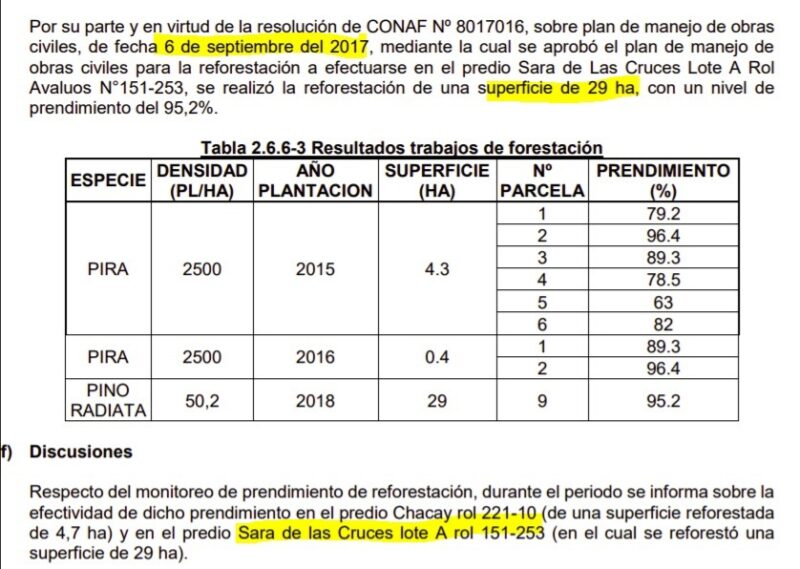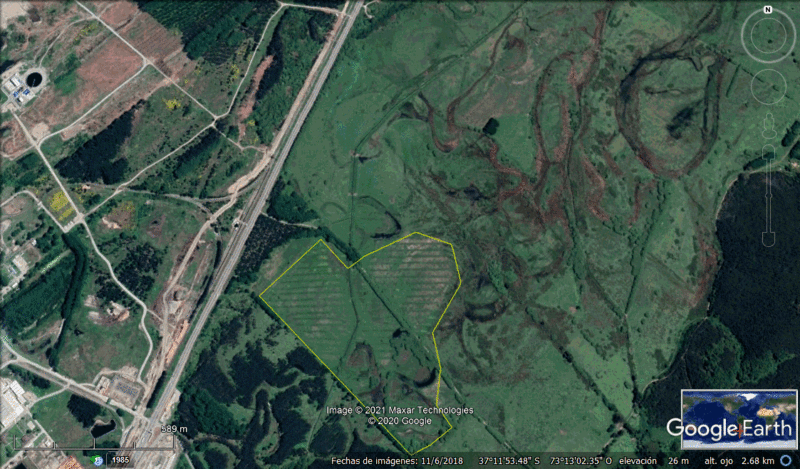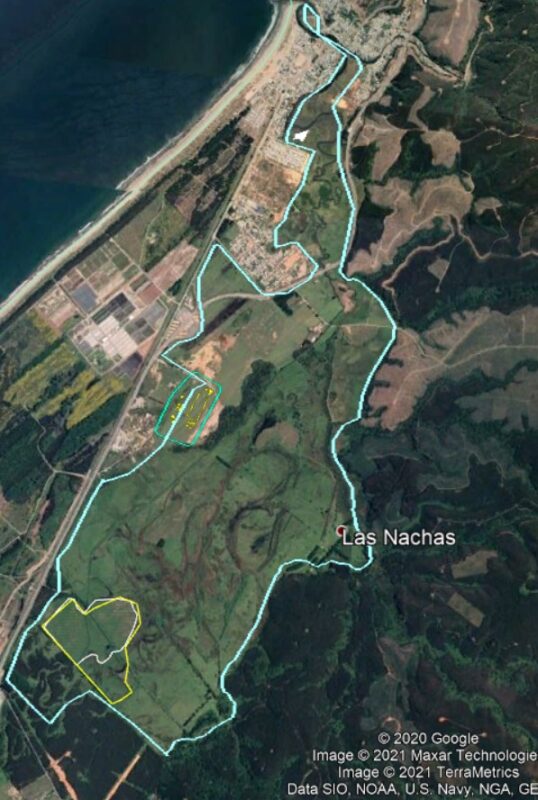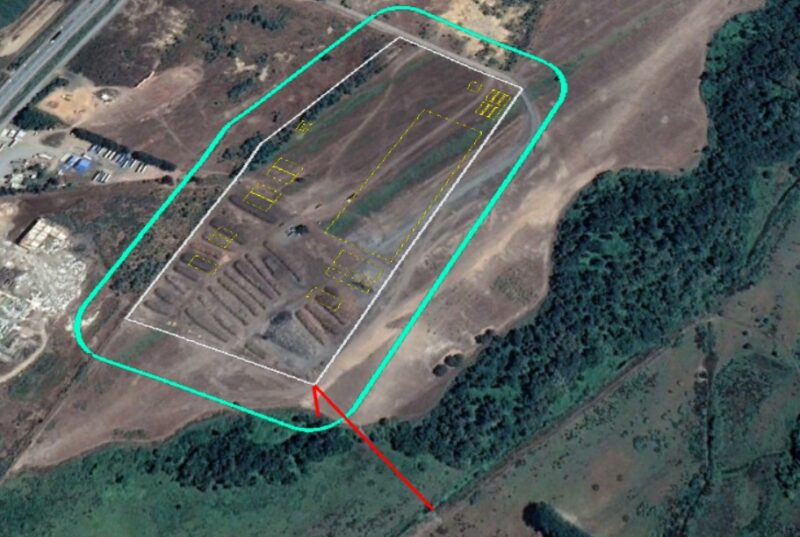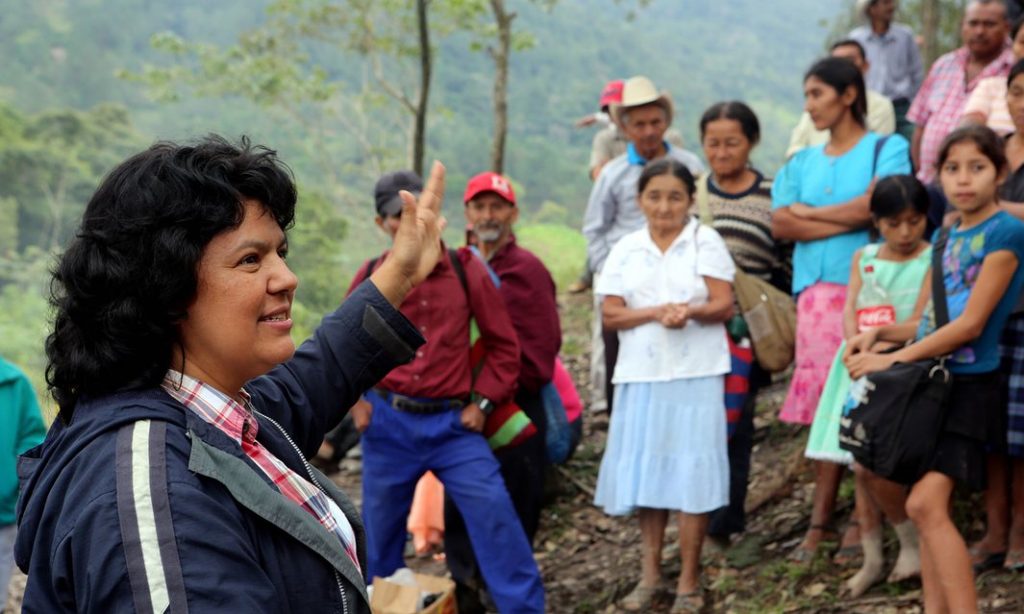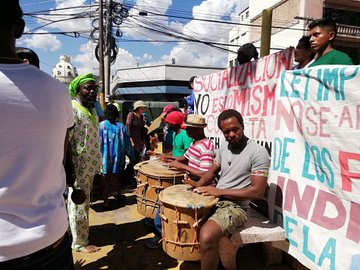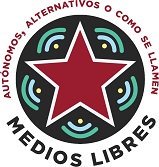
(Español) CGT denuncia la invasión de los trabajaderos de las Bases de Apoyo al EZLN en Nuevo San Gregorio
Frente a los ataques y la barbarie de los últimos años contra las Bases de apoyo al Ejército Zapatista de Liberación Nacional (BAEZLN), se ha desplazado una caravana de solidaridad a la Comunidad de Nuevo San Gregorio formada por organizaciones, colectivos y personas a título individual, Adherentes a la Sexta Declaración de la Selva Lacandona, con el objetivo de acompañar los trabajos del campo de la comunidad esenciales para sus supervivencia, así como de documentar todas las vulneraciones de derechos humanos y ataques a la comunidad.
En el día de ayer, la Caravana denunció la invasión de la zona de trabajo por parte de un grupo hostil. En la denuncia manifiestan cómo “se documentó la presencia del grupo invasor en los trabajaderos, por lo cual las BAEZLN decidieron suspender la siembra de maíz y frijol que se tenía planeada. Esta nueva invasión, además de obstaculizar el trabajo en el campo, actividad fundamental para la supervivencia de las familias, también impide que se le pueda dar alimento a los animales y el regreso de las BAEZLN a sus casas, ya que tienen que cruzar por el espacio en donde se instaló el grupo invasor”.
La invasión constituye una nueva agresión a la autonomía alimentaria y el derecho a la tierra, tal y como señala la caravana, “Estos son los mismos mecanismos de invasión que se vienen utilizando desde el mes de noviembre del 2019 por parte del grupo invasor, y es una de las razones de la presencia de la Caravana de Solidaridad. Las y los pobladores de la comunidad de Nuevo San Gregorio, Municipio Autónomo de Lucio Cabañas, identificaron entre el grupo invasor a las siguientes personas; del poblado de San Gregorio Las Casas: Nicolás Pérez Pérez, Sebastián Bolom Ara, Pedro Hernández Gómez, Alejandro Pérez Huet, Nicolás Moshán Huet y Sebastián Ara Moshán. Del Duraznal: Javier Gómez Pérez, Manuela Moshán Huacash, Miguel Gómez Méndez y Pedro Pérez Pérez. De Rancho Alegre a Felípe Enríquez Gómez y de San Andrés Puerto
Rico a Miguel Moshán Huey y Manuel Moshán Moshán”.
La Confederación General del Trabajo (CGT) reitera su apoyo a las Bases de apoyo del EZLN y exige el fin de los hostigamientos por parte de las y los invasores. Del mismo modo, sirva el presente comunicado público como denuncia frente a la Embajada de México en Madrid, a quien se lo hacemos llegar, exigiendo que se tenga en cuenta y responsabilice a los malos Gobiernos en sus tres niveles de gestión del mantenimiento de la inseguridad en Chiapas.
El próximo día 20 de febrero se cumplirán dos años del asesinato de Samir Flores Soberanes, Integrante de la Asamblea Permanente de los Pueblos de Morelos, miembro del Congreso Nacional Indígena y fundador de la estación comunitaria Radio Amiltzinko. Hasta la fecha ni los malos gobiernos ni sus administradores de in-justicia han identificado a los asesinos. Desde CGT ni perdonamos ni olvidamos, y anticipamos que los ataques a las comunidades zapatistas y a las Bases de apoyo al EZLN no nos resultan ni ajenas ni lejanas. Exigimos el fin de la violencia contra las Comunidades y Bases de apoyo zapatistas.
¡Viva la autonomía zapatista!
¡Viva el EZLN, sus Bases de Apoyo y Comunidades autónomas!
¡Ninguna agresión sin respuesta!
¡Samir vive!

(Español) Guerra de desgaste contra las comunidades zapatistas
La estrategia del Gobierno de Andrés Manuel López Obrador se completa con la instalación de nuevos campamentos y bases de la Guardia Nacional, en la región de Ocosingo, que va de la mano de las reactivación de grupos armados como la ORCAO que se desempeñan como paramilitares.

“No somos dueños de la tierra, somos sus guardianes. La tierra es para vivir no para hacer negocio”, dice un joven de la comunidad Nuevo San Gregorio, del Municipio Autónomo Lucio Cabañas, Caracol 10, en el municipio oficial de Ocosingo (Huixtán), Chiapas.
“Estamos cercados en nuestra propia tierra”, agrega una mujer de la misma comunidad que está siendo sitiada por 40 invasores armados con apoyo del Gobierno. Explica que pese al cerco, las familias han montado un taller de carpintería, hacen bordados y mecapal, como forma de resistencia.
Son testimonios recogidos por la “Caravana Solidaria”, integrada por más de 15 colectivos adherentes a la Sexta Declaración de la Selva Lacandona, tanto en la comunidad Nuevo San Gregorio como en las cinco comunidades que integran la región Moisés Gandhi, en el municipio Autónomo de Lucio Cabañas, oficial de Ocosingo.
Integrantes de la Red de Resistencia y Rebeldía Ajmaq nos explican desde San Cristóbal de Las Casas que se trata de más de 600 hectáreas que fueron recuperadas por las bases zapatistas cuando la ofensiva de 1994 y que ahora están siendo cercadas por “medianos propietarios y personas aliadas de los gobiernos federal y del Estado de Chiapas” y por miembros de la Organización Regional de Cafeticultores de Ocosingo (ORCAO).
En Moisés Gandhi, habitada por cientos de familias, las agresiones comenzaron el 23 de abril de 2019, con disparos de armas de grueso calibre desde las 5h hasta las 21h, situación que el Gobierno no quiere ni tiene la voluntad de detener. Desde que comenzaron los ataques, en abril de 2019, en varias ocasiones llegaron grupos de 250 a 300 personas armadas en vehículos, queman viviendas, roban y destruyen cosechas. En varias ocasiones han secuestrado a comuneros, los golpean y amenazan y luego los sueltan.
El 22 de agosto quemaron una tienda de acopio de café zapatista en el crucero de Cuxuljá, un cruce estratégico de carreteras que conectan San Cristóbal con Palenque.
Se trata de nuevas modalidades de la contrainsurgencia que se van adaptando al crecimiento y expansión territorial del Ejército Zapatista de Liberación Nacional (EZLN), que pasó a contar con 43 centros de resistencia. Integrantes de la caravana explican que los miembros de ORCAO son gente politizada que conoce bien al movimiento zapatista.
Desde hace años fueron atraídos por programas sociales que les ofrecen recursos si regularizan las tierras, pueden capitalizarse y pasar de campesinos pobres a campesinos ricos, adquiriendo poder. La ORCAO vende su café a grandes empresas vinculadas a Wall Mart, ya que tiene aspiraciones de conseguir grandes ganancias.
“La forma de operar consiste en cercar las viviendas, las clínicas y las escuelas de las familias y comunidades zapatistas, y de ese modo les impiden seguir produciendo, configurando una guerra integral de desgaste que busca quebrar la economía autónoma”, explican miembros de la Ajmaq y de las caravanas solidarias.
Imposible no conectar esta situación con lo que fueron las políticas sociales de los gobiernos progresistas en Sudamérica. No sólo transferían recursos a los barrios y comunidades pobres, sino que buscaban que los intermediarios fueran organizaciones y movimientos populares que antes habían luchado contra los gobiernos neoliberales. De esa manera, incorporaban a las políticas oficiales personas que conocían a fondo a los movimientos, saberes a que los Estados desconocían.
“No nos rendimos, aquí seguimos organizando nuestros trabajos colectivos”, aseguran las comunidades. Para mantener la resistencia organizan trabajos colectivos, para asegurarse la alimentación y la salud
“No es casualidad que la ORCAO esté atacando a las nuevas Juntas de Buen Gobierno y centros de resistencia, porque allí la mayoría son jóvenes y mujeres y buscan desanimarlos y atemorizarlos”, dicen miembros de las caravanas.
Por eso además de cercar con alambres las tierras comunitarias, rompen tuberías de agua, cercan manantiales, pastos donde se alimenta el ganado y les impiden cosechar. En Nuevo San Gregorio, las bases de apoyo reconocen que este año apenas pudieron cosechar el 50% del año pasado. El objetivo es crear una crisis humanitaria que fuerce a las familias zapatistas a abandonar las tierras que recuperaron luchando.
La estrategia del Gobierno de Andrés Manuel López Obrador se completa con la instalación de nuevos campamentos y bases de la Guardia Nacional en la región de Ocosingo, que va de la mano de las reactivación de grupos armados como la ORCAO que se desempeñan como paramilitares.
“No nos rendimos, aquí seguimos organizando nuestros trabajos colectivos”, aseguran las comunidades. Para mantener la resistencia organizan trabajos colectivos, para asegurarse la alimentación y la salud. La decisión de resistir de forma pacífica, sin violencia pero sin abandonar la lucha, tiene enormes costos que las bases zapatistas están dispuestas a afrontar.
Desde arriba buscan el enfrentamiento entre pueblos, apoyando organizaciones sociales que cuentan con la complicidad de los gobiernos municipal, estatal y federal, con el objetivo de minar la autonomía zapatista que es una de las principales esperanzas que ilumina el planeta.
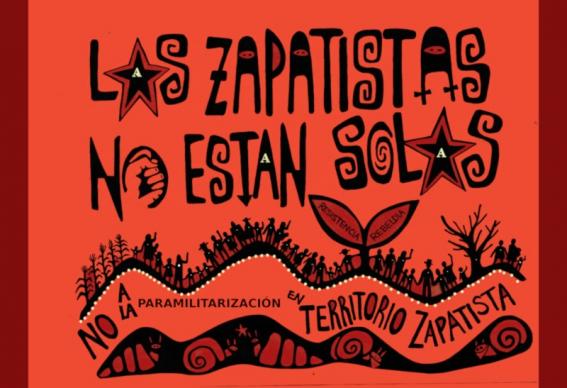
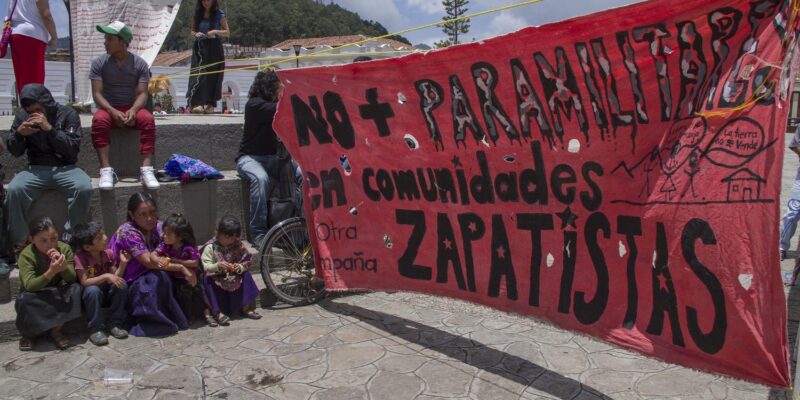



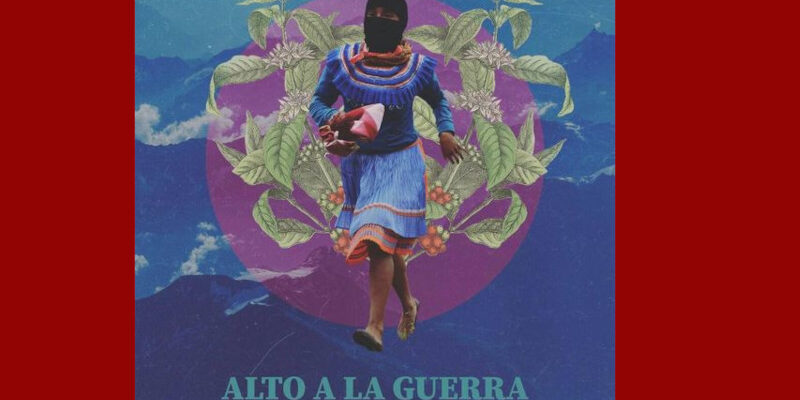
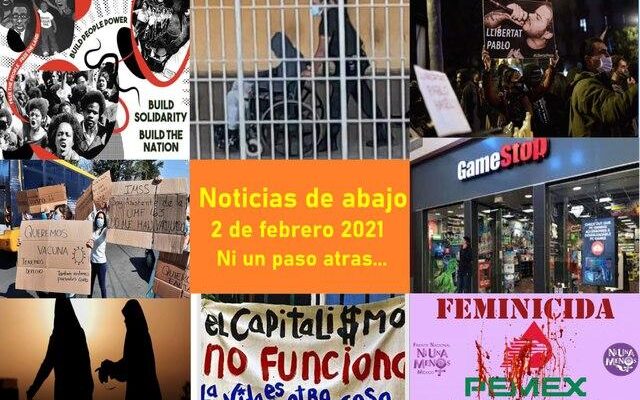
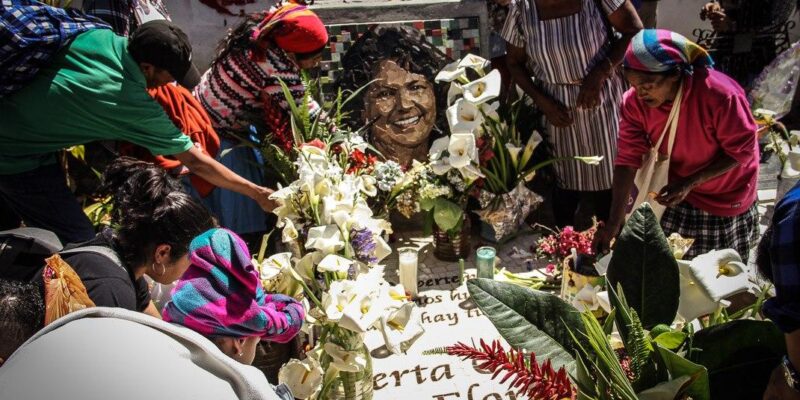
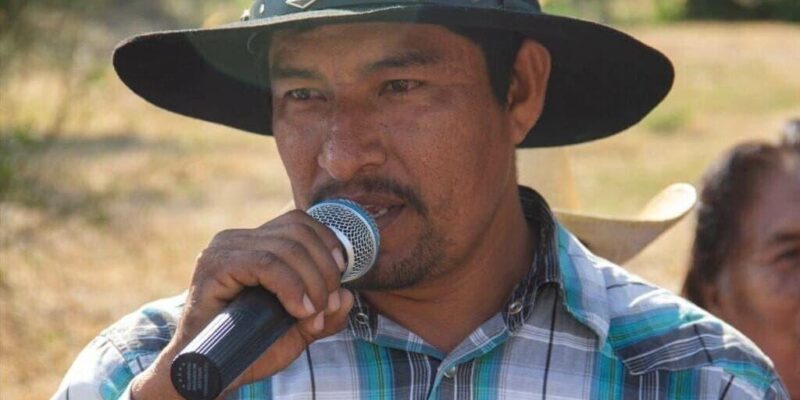
 Compartimos parte de la entrevista realizada por Gloria Beretervide a Antonio Abal Oña:
Compartimos parte de la entrevista realizada por Gloria Beretervide a Antonio Abal Oña:

